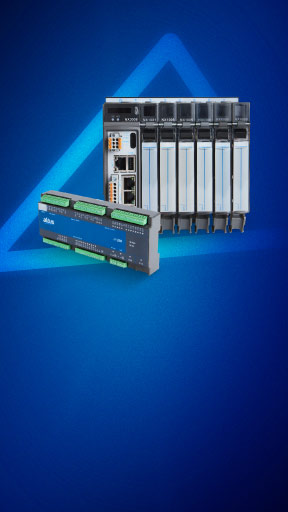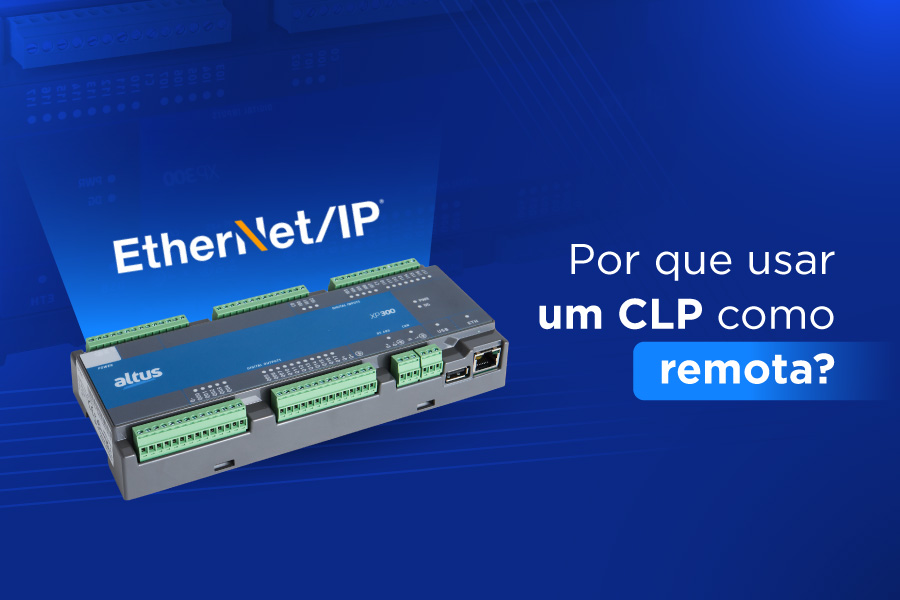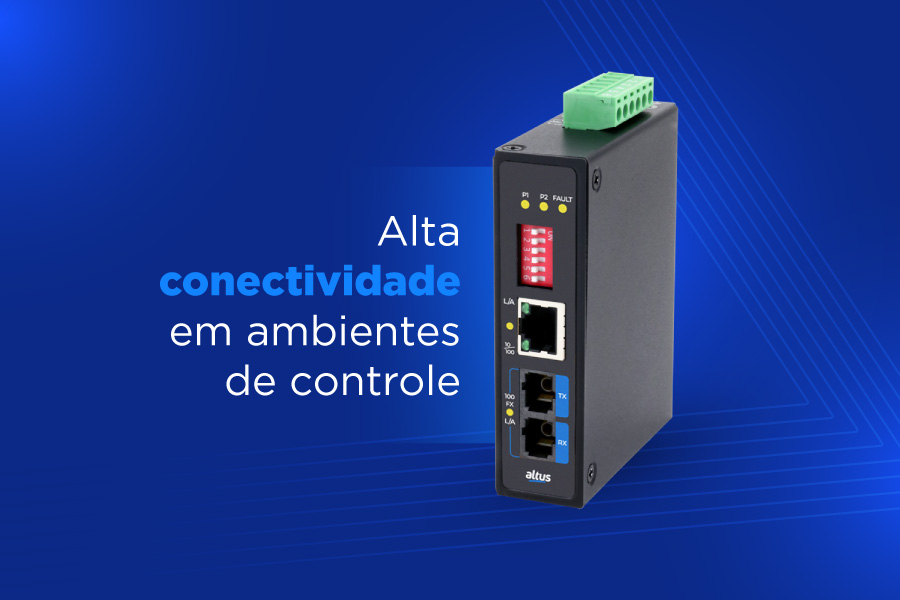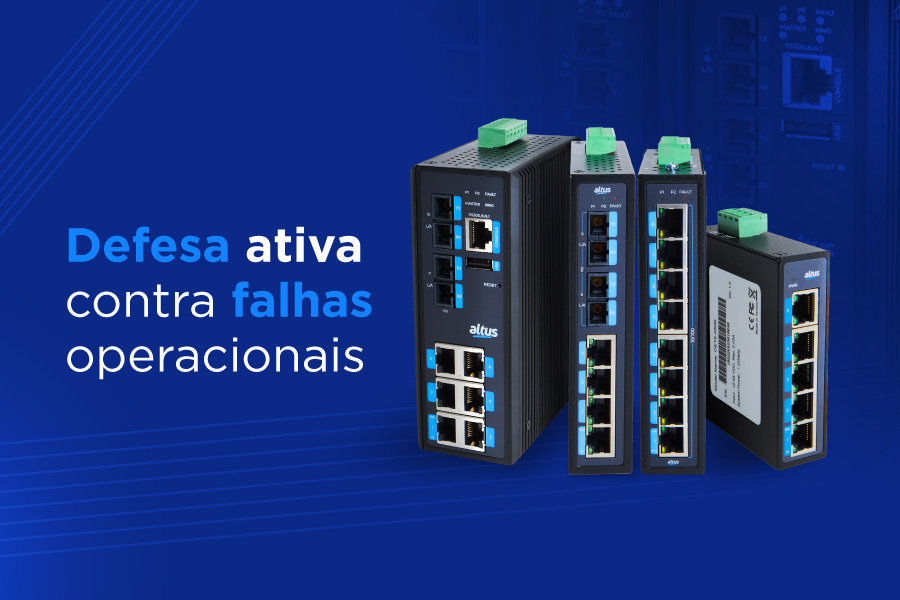Hoje, a ação de conectar o smartphone a uma rede WiFi disponível e navegar pelas mídias sociais se tornou um hábito tão comum que nem refletimos sobre a tecnologia envolvida para que isso ocorra. Há mais ou menos duas décadas, essa realidade era bem diferente. À época, era necessário utilizar modens dial-up para conectar o computador a algum provedor disponível e navegar pela internet através da rede telefônica.
Muito bem, mas o que modens dial-up e smartphones têm em comum com o tópico deste artigo? Bom, mesmo separados por 20 anos de evolução tecnologia, ambos os recursos são considerados gateways.
Nos próximos parágrafos, vamos lhe explicar o que é, qual sua função e porque você deveria utilizar um gateway em suas aplicações IoT.
O que é e qual a função de um gateway?
Gateway é um termo em inglês que significa portão ou portal, um sistema ou equipamento cuja função básica é estabelecer a comunicação entre múltiplos ambientes. Com ele, é possível fazer a conexão entre equipamentos localizados em redes diferentes e que comuniquem através de padrões distintos. Em resumo e de uma perspectiva geral, ele faz o papel de ponte entre dois universos, analisando e tratando as informações de acordo com definições preestabelecidas e com o tipo de função a que se destina.
No ambiente industrial, eles podem ser utilizados como intermediadores da comunicação de remotas, sensores, atuadores, transmissores e demais dispositivos de campo com os sistemas de controle e supervisão em uma planta de produção. Neste caso, o gateway atua como um tradutor universal para redes ou equipamentos que operam com base em protocolos diferentes, isto é, permite a comunicação entre ambientes e arquiteturas distintas. Ele pode, por exemplo, receber dados de inversores de frequência através do protocolo CANOpen, convertê-los em pacotes do padrão Ethernet e levar esses dados para um sistema de um sistema WEB na nuvem via protocolo MQTT.
Um gateway também pode ser um CLP de tecnologia avançada com suporte a uma ampla gama de protocolos de comunicação que atua como ponte entre outros controladores de marcas variadas que operem com base em padrões diferentes.
Por que devo utilizar um gateway em minhas aplicações IoT?
Com o rápido avanço da digitalização nos processos industriais, é cada vez mais comum vermos fábricas inteligentes com aplicações de coleta e compartilhamento de dados através de máquinas, dispositivos e sistemas de produção conectados. Nestes ambientes, pode-se utilizar um controlador programável multiprotocolo para atuar como um gateway IoT, realizando a conexão entre a nuvem e os CLPs da rede de controle, sensores ou outros dispositivos inteligentes. Desta forma, todos os dados que trafegam entre o processo e a nuvem passariam pelo gateway.
A utilização de um gateway IoT pode trazer inúmeros benefícios às aplicações mais simples da indústria, como redução de custos com infraestrutura, por exemplo. Hoje em dia, os sensores mais avançados do mercado chegam a gerar dezenas de milhares de dados por segundo, o que demanda uma alta capacidade de transmissão por parte do link de internet. Para que não haja um volume desnecessário de processamento de dados e, consequentemente, a necessidade de ampliar os investimentos em largura de banda, um gateway IoT pode ser utilizado para intermediar a conexão entre os sensores e o banco de dados, enviando para a nuvem apenas as informações mais relevantes.
Veja mais sobre Indústria 4.0 e tecnologias IoT
Acesse os artigos e webinars a seguir e saiba mais sobre estes dois conceitos com cada vez mais relevância no mercado industrial:












